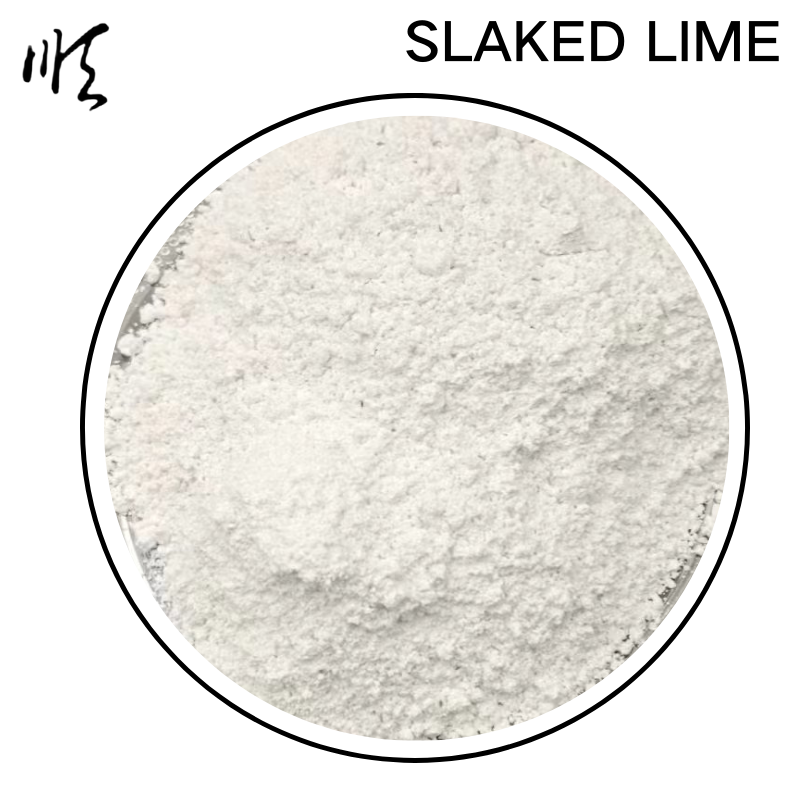
bentonite silica
Bentonite and Silica An In-Depth Analysis of Their Properties and Applications
Bentonite and silica are two naturally occurring materials that play significant roles in various industries due to their unique physical and chemical properties. Understanding their characteristics, interactions, and applications provides valuable insights into their importance in a wide range of processes.
Bentonite Properties and Uses
Bentonite is a type of clay that is primarily composed of montmorillonite, a mineral that enables its exceptional swelling properties when hydrated. It is formed from the alteration of volcanic ash and has a fine particle size, which contributes to its high surface area. The swelling capability of bentonite makes it a highly effective binder, thickener, and Gelling agent.
One of the most notable applications of bentonite is in the drilling industry. It is used as a drilling mud or fluid, where it serves several key purposes. The primary function is to lubricate and cool the drill bit while carrying the drilled cuttings to the surface. Additionally, bentonite helps stabilize the borehole by forming a protective layer against collapsing and controlling fluid loss.
Bentonite is also widely used in the foundry industry for metal casting. Its binding properties allow it to be mixed with sand to create a mold that can withstand high temperatures, providing an ideal environment for shaping molten metal. Furthermore, its absorptive nature makes it effective in environmental applications, such as sealing landfills and preventing the migration of contaminants.
Silica Properties and Applications
Silica, primarily in the form of silicon dioxide (SiO2), is one of the most abundant minerals on Earth. It occurs in a variety of forms, including quartz, tripoli, and diatomaceous earth. Silica is known for its hardness and chemical inertness, making it an essential component in many industrial applications.
bentonite silica

One of the most significant uses of silica is in the production of glass. The high melting point and chemical resistance of silica enable it to produce clear and durable glass products. Silica is also used in the manufacture of ceramics, where its properties contribute to the strength and thermal stability of ceramic materials.
Additionally, silica serves a vital role in the construction industry, particularly as a component in concrete and cement. Fine silica particles enhance the strength and durability of concrete, making it suitable for various applications, from building foundations to bridges.
Moreover, silica is utilized as a filler in rubber and plastics, providing enhanced mechanical properties and resistance to wear. In the food industry, amorphous silica is used as an anti-caking agent and stabilizer in powdered food products.
The Interaction of Bentonite and Silica
The interaction between bentonite and silica is of particular interest in various applications. When combined, these materials can enhance each other's properties. For instance, the swelling nature of bentonite can improve the binding capacity of silica, making the composite material particularly useful in applications where increased viscosity and stability are required.
In addition, the use of bentonite-silica mixtures in environmentally sensitive areas can provide effective solutions for soil stabilization and contaminant immobilization. For example, bentonite can enhance the retention of pollutants, while silica can improve the structural integrity of barrier materials.
Conclusion
Bentonite and silica are indispensable materials across numerous industries, each contributing unique characteristics that enhance product performance, stability, and safety. Whether in drilling operations, environmental applications, or the production of construction materials, their synergy holds significant potential for innovation and improvement. Understanding the properties and interactions of bentonite and silica will continue to drive advancements in various fields, ultimately leading to more sustainable and efficient practices. As industries evolve, the importance of these natural resources will undoubtedly remain at the forefront of material science and engineering.
Share
-
Premium Talcum Powder Enhanced with GPT-4 Turbo | Soft & Long-LastingNewsAug.02,2025
-
Fly Ash Solutions Enhanced by GPT-4 Turbo | Sustainable InnovationNewsAug.01,2025
-
Natural Premium Bentonite Cat Litter - Superior ClumpingNewsJul.31,2025
-
Premium Resin Coated Sand - High Heat Resistance CastingNewsJul.31,2025
-
High Quality Silicon Carbide Grit for Abrasive ApplicationsNewsJul.30,2025
-
High-Quality Ceramsite for Plants & Gardening | Lightweight PebblesNewsJul.29,2025






